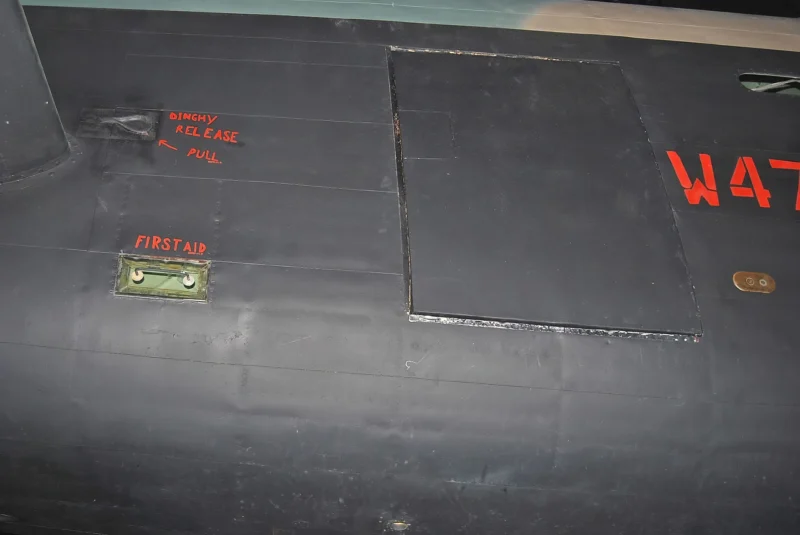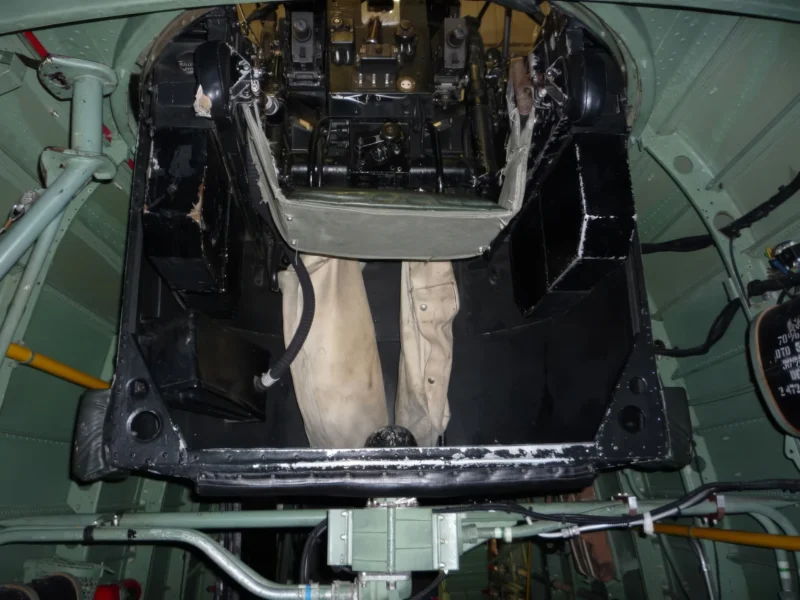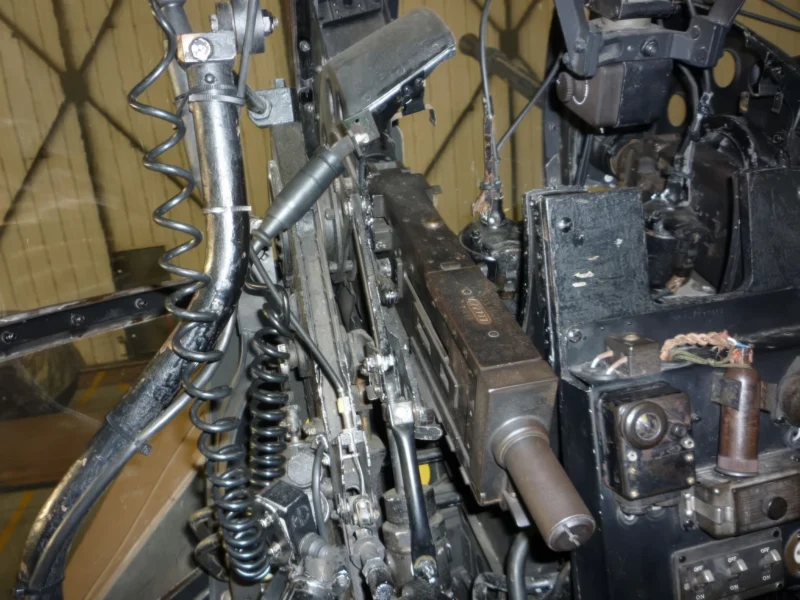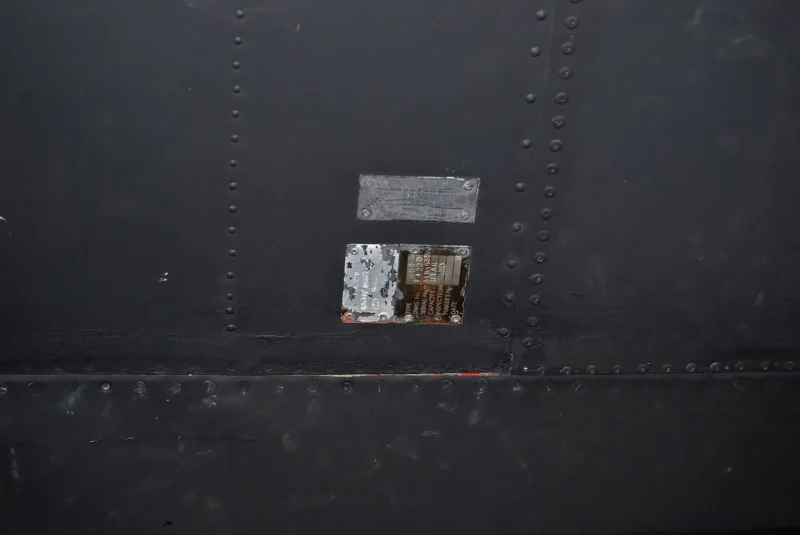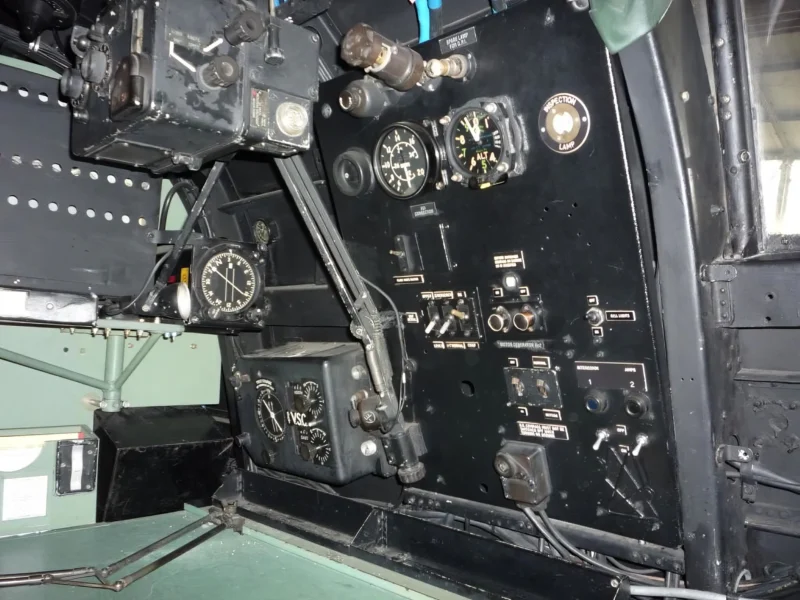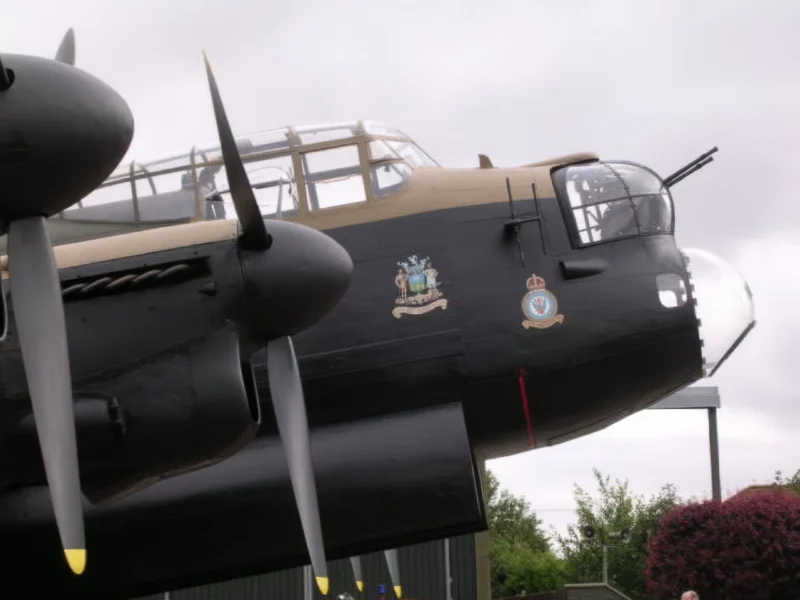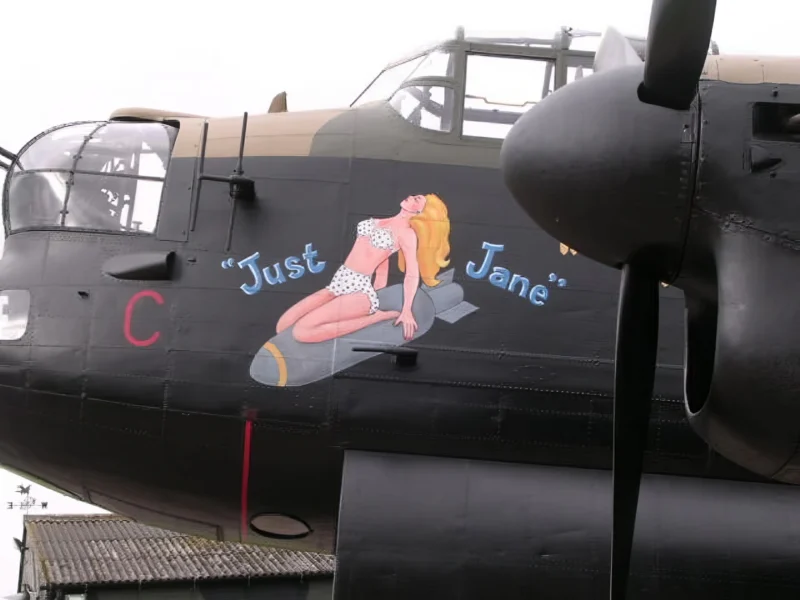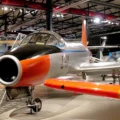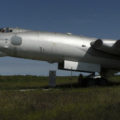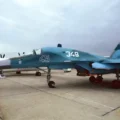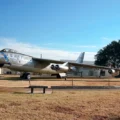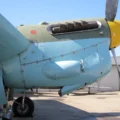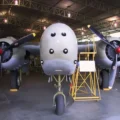
阿夫罗·兰开斯特 | |
|---|---|
| 国家 | 英国 |
| 作用 | 庞巴迪 |
| 首次飞行 | 1941年1月9日 |
| 建立 | 7377 |
这 阿夫罗·兰开斯特 is a British four-engined Second World War heavy bomber. It was designed and manufactured by Avro as a contemporary of the Handley Page Halifax, both bombers having been developed to the same specification, as well as the Short Stirling, all three aircraft being four-engined heavy bombers adopted by the Royal Air Force (RAF) during the same wartime era. The Lancaster has its origins in the twin-engine Avro Manchester which had been developed during the late 1930s in response to the Air Ministry Specification P.13/36 for a capable medium bomber for “world-wide use”. Originally developed as an evolution of the Manchester (which had proved troublesome in service and was retired in 1942), the Lancaster was designed by Roy Chadwick and powered by four Rolls-Royce Merlins and in one version, Bristol Hercules engines. It first saw service with RAF Bomber Command in 1942 and as the strategic bombing offensive over Europe gathered momentum, it was the main aircraft for the night-time bombing campaigns that followed. As increasing numbers of the type were produced, it became the principal heavy bomber used by the RAF, the RCAF and squadrons from other Commonwealth and European countries serving within the RAF, overshadowing contemporaries such as the Halifax and Stirling
| Avro Lancaster | |
|---|---|
| 摄影师 | 拉托·马克扎克 |
| 本地化 | 未知 |
| 照片 | 83 |
| 阿夫罗·兰开斯特四处走动 | |
|---|---|
| 摄影师 | 麦克斯韦·威廉姆斯 |
| 本地化 | 未知 |
| 照片 | 89 |
| 兰开斯特 FM159 四处走动 | |
|---|---|
| 摄影师 | 罗恩·帕特森 |
| 本地化 | 未知 |
| 照片 | 22 |
| Lancaster Mk.X KB 944 RCAF Walk Around | |
|---|---|
| 摄影师 | Don Allen |
| 本地化 | 未知 |
| 照片 | 33 |
| Avro Lancaster Mk.I Walk Around | |
|---|---|
| 摄影师 | 唐·阿伦 |
| 本地化 | 未知 |
| 照片 | 81 |
另请参阅:
| Lancaster Bomber VRA Walk Around | |
|---|---|
| 摄影师 | 唐·阿伦 |
| 本地化 | 未知 |
| 照片 | 43 |
The Avro Lancaster was the most famous and successful British four-engine heavy bomber used by the Royal Air Force (RAF) during World War II. It was the primary aircraft of Bomber Command’s strategic bombing offensive against Nazi Germany from 1942 onwards.
Key Features and Design
- 起源: Developed by Roy Chadwick as a more powerful, four-engine evolution of the earlier Avro Manchester bomber.
- Engines: Typically powered by four Rolls-Royce Merlin V-12 engines, known for their reliability and performance.
- Bomb Bay: A defining characteristic was its long, unobstructed 33-foot bomb bay, allowing it to carry the heaviest ordnance of the war.
- 船员: Operated by a crew of seven: Pilot, Flight Engineer, Navigator, Wireless Operator, Bomb Aimer/Front Gunner, Mid-Upper Gunner, and Rear Gunner.
- 装备: Defensive firepower mainly consisted of several hydraulically-powered turrets mounting .303-calibre machine guns.
Notable Missions and Significance
The Lancaster’s robust design and lifting power made it crucial to the Allied war effort. It delivered over 600,000 tons of bombs during the war and was adapted for specialized raids.
- The Dambusters Raid (Operation Chastise, May 1943): Modified Lancasters of No. 617 Squadron were used to deliver the revolutionary “bouncing bomb” against the major dams of the Ruhr Valley, disrupting German industrial production.
- Heavy Ordnance Delivery: It was the only bomber capable of carrying the massive “earthquake bombs,” the 12,000 lb Tallboy and 22,000 lb Grand Slam, used against fortified targets like U-boat pens and the battleship Tirpitz.
- Casualties: The aircraft is also a symbol of the immense sacrifice of RAF Bomber Command, which suffered the highest casualty rate of any British service in the war.
Views : 10455
